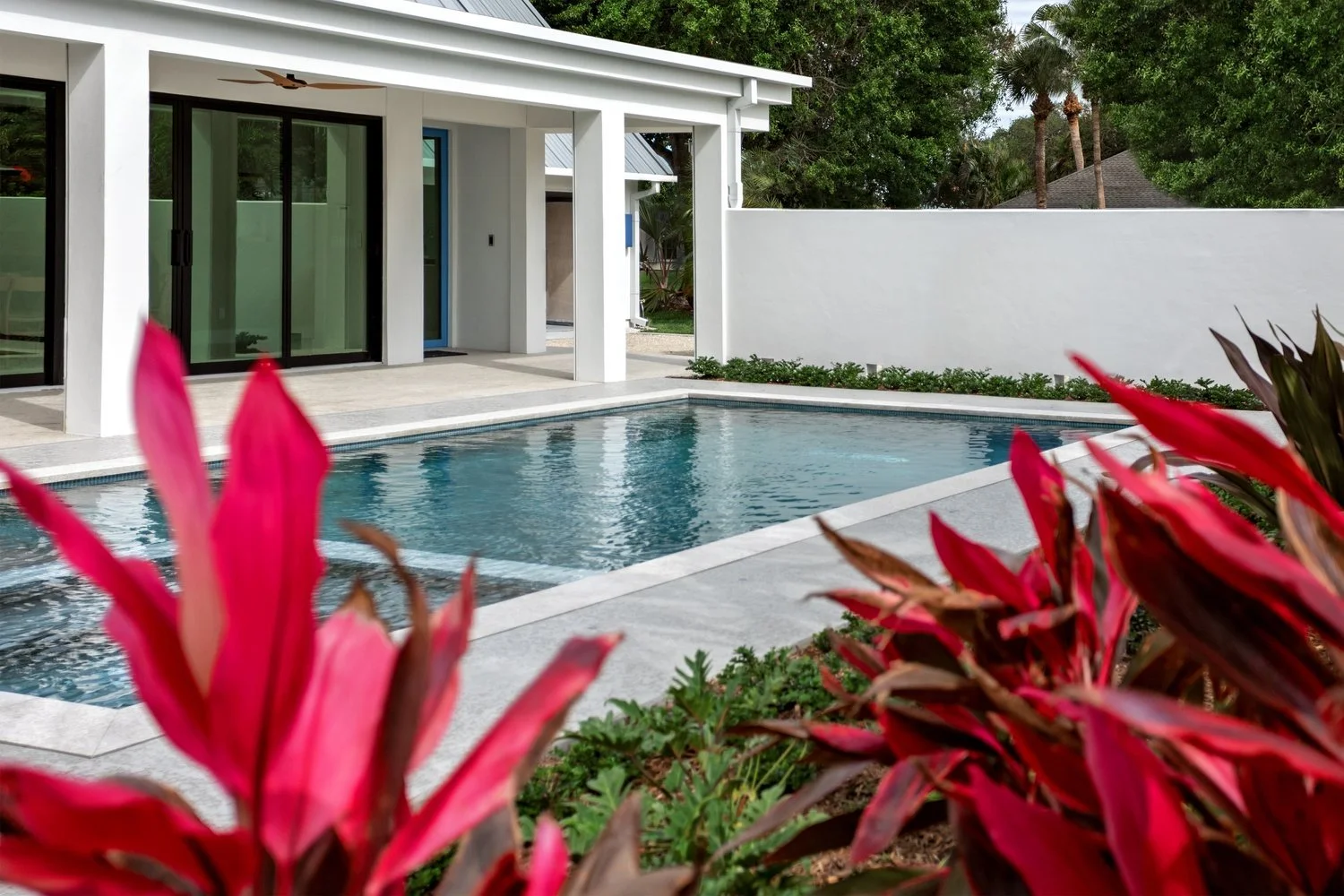Materials Matter: Choosing the Right Building Materials
This post is part of SWARC Studio's Architecture 101 series which includes:
When designing a space, materials are more than just surface choices—they shape the structure’s durability, efficiency, and identity. At SWARC Studio, we believe that materiality is a core principle of meaningful architecture. It guides how we respond to climate, context, and culture. We’ll explore how smart material selection elevates every design.
Understanding the Building Blocks: Wood, Steel, Concrete, Glass, Composites
Concrete Building Construction
Each material offers unique characteristics that influence a building’s performance and aesthetic.
Wood is renewable, warm, and versatile. It’s especially ideal for residential or small-scale projects where tactile comfort and natural beauty are valued.
Steel brings strength and precision. Its high tensile strength makes it perfect for long spans, open floor plans, and expressive structural elements.
Concrete offers mass and permanence. It excels in thermal regulation and can be shaped into almost any form.
Glass opens up views, connects interiors with nature, and provides daylighting benefits. However, it must be used thoughtfully to avoid overheating or privacy issues.
Composites combine materials for enhanced performance. These include fiber-reinforced panels, engineered wood products, and insulated concrete forms—often selected for sustainability or structural efficiency.
Regional and Environmental Considerations
Where a project is located matters just as much as what it’s made of. In Florida, for example, building materials must resist humidity, salt air, and hurricanes. Steel’s resilience and treated wood’s resistance to moisture make them excellent local choices.
Sourcing materials locally reduces emissions from transportation and supports regional economies. Additionally, using materials that respond to the local climate—like reflective roofing, porous paving, or shaded glass—can significantly increase energy efficiency.
Why Materiality is Essential to Good Architecture
Materiality defines a building’s character and how it interacts with its users. It shapes how light is absorbed, how sound is transmitted, and how the structure weathers over time. More than a technical decision, selecting the right building materials is an act of storytelling.
At SWARC Studio, we approach material selection as a critical design phase. We evaluate each project’s goals, environment, and budget to choose materials that serve both function and form. Whether it’s a custom concrete façade or sustainably harvested wood interiors, the right choice strengthens the architectural narrative.
Further Reading on Building Materials
Contact SWARC Studio for architectural services


